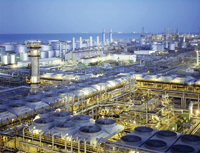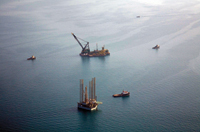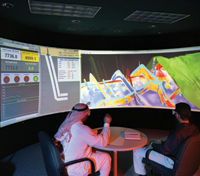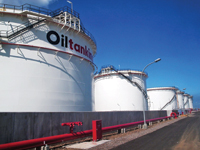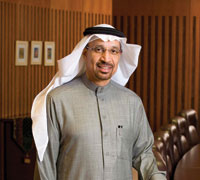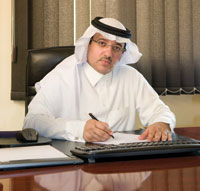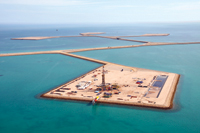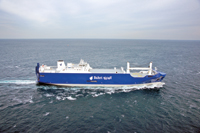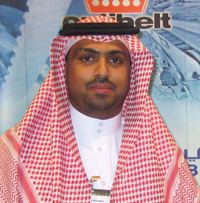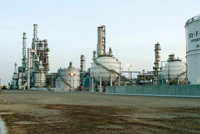
 Saudi Aramco’s scientists at work
Saudi Aramco’s scientists at work
SINDING new and novel approaches to maximising the potential of its oil and gas reserves has energy company Saudi Aramco pursuing technology advances that can enhance recovery rates. The company’s research and development activities are also extending to unconventional sources of energy recovery such as shale gas.
Five initiatives that have caught the attention of the petroleum industry are: SmartWater Flooding, GigaPowers, MRC Complex Well Design and Optimisation, Quantitative Remaining Oil Saturation and Intelligent Field Technology.
These topics were discussed at the recent Society of Petroleum Engineers Technical Conference and Exhibition in San Antonio.
“While the sophisticated techniques and processes were born from innovative thinking, the objectives for all were simple: maximise recovery,” says Tariq Abbas, petroleum engineering consultant, US-based subsidiary Aramco Services Co.
SmartWater Flooding is a technique for increasing oil recovery from carbonate reservoirs that has the potential to tremendously enhance oil recovery, says Saudi Aramco petroleum engineer Ali Al Yousef.
“While reservoirs are typically injected or flooded with seawater to stimulate oil production, SmartWater Flooding is a special technique that alters the rock surface properties inside a reservoir by tuning the ions of the injected water,” Al Yousef says.
Saudi Aramco has performed several field trials that substantiate the efficiency of SmartWater Flooding.
Receiving a great deal of attention was the continued evolution of Saudi Aramco’s in-house developed reservoir simulator tool, GigaPOWERS, allowing engineers to virtually look inside a reservoir. The technology provides a view of the reservoir’s formations, oil and gas pockets, faults and other characteristics in a timely manner.
The simulator tool uses literally one billion cells – which allow a clear and detailed picture of the reservoir to be painted – much like the many pixels on a high-resolution computer monitor or television. Although the tool is robust, it can be used on traditional computers and laptops, making it readily available to many specialists. GigaPOWERS allows engineers to assess multiple wells in a reservoir, creating a more holistic approach to reservoir management.
Along with the most sophisticated simulation tools, drilling technology has become more efficient. Simple vertical wells drilled straight down into the ground eventually branching out into horizontal wells have given way to more complex well configurations, termed “Maximum Reservoir Contact” wells, which are long horizontal wells with as many as 15-20 lateral branches. These branches contain valves to selectively control the flow of oil and gas and increase recovery.
Saudi Aramco petroleum engineers Umar Al Nahdi and Shamsuddin Shenawi say the return on MRC wells is significant, citing the fact that they can reduce well design and optimisation time from weeks to days thus minimising costs and capital investments while producing higher oil and gas recovery rates.
Another challenge for petroleum engineers is quantifying remaining oil saturation, which is the amount of oil that remains in a reservoir after the oil production process.
Saudi Aramco researchers have been focusing on the most accurate and effective ways to determine ROS in order to make the crucial decision of whether or not to continue drilling at a particular site.




















































































